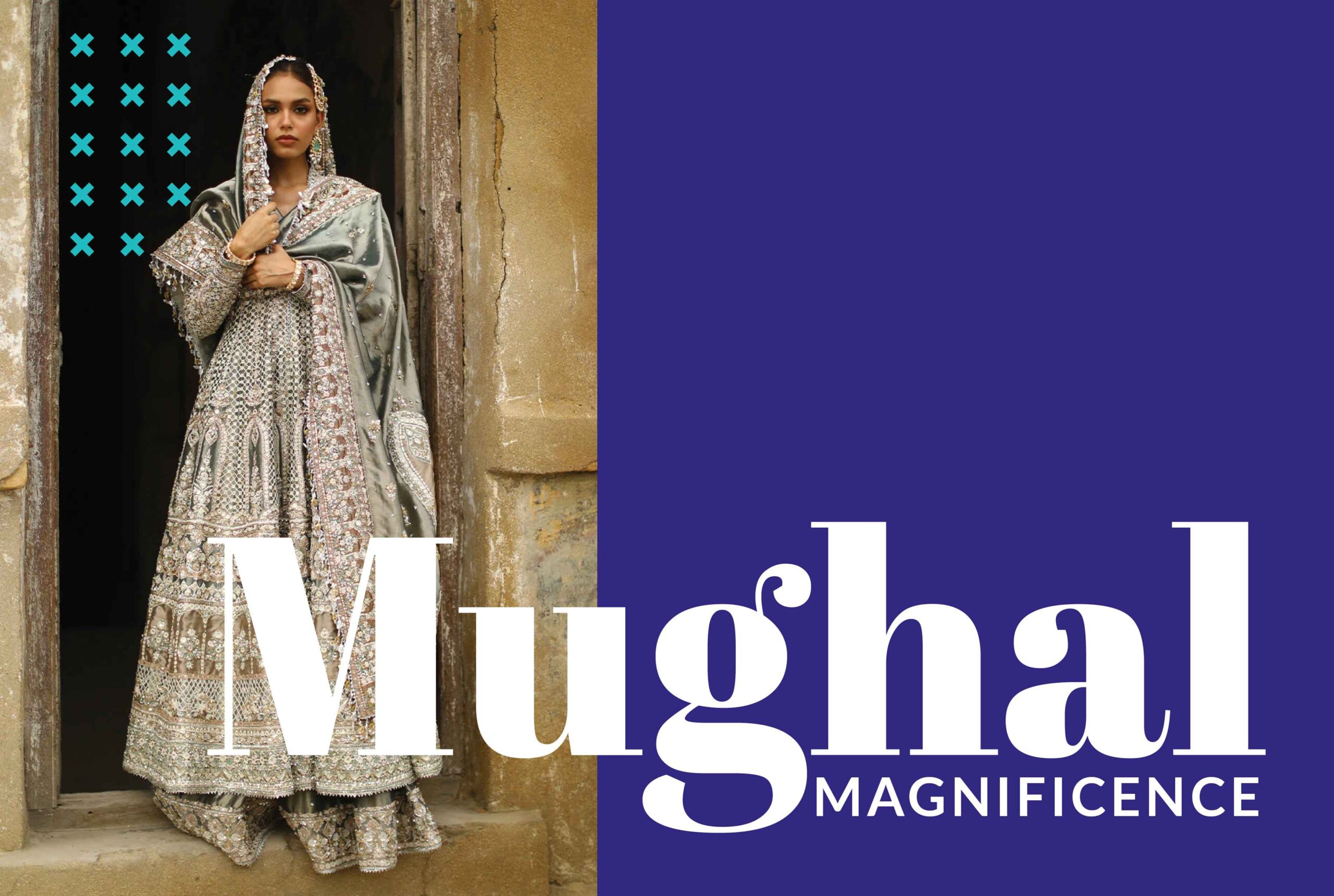The winter unveils a ceremonial festivity that makes the winter blues vanish. With the wedding splendours in the air, this is also the time to reflect on some amazing Mughal fashions.
The Mughal Empire, which flourished from the early 16th to the mid-19th century, was not only known for its political and cultural achievements but also for its opulent and influential fashion. Mughal fashion remains a source of inspiration, reflecting a blend of grandeur, artistry, and intricate craftsmanship. Let’s take a captivating journey into the world of Mughal fashion.
Regal Attire
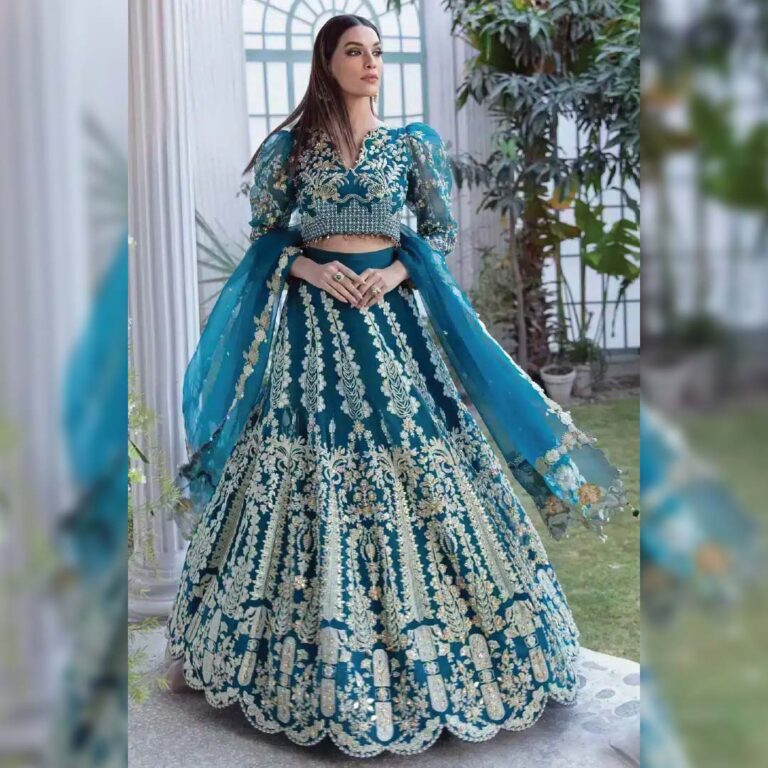
Mughal emperors and nobles were known for their exquisite clothing. They draped themselves in luxurious fabrics like brocades, silks, and velvets, often in vibrant colors. Richly embroidered attire, adorned with intricate zardozi, gold and silver threads, and precious gemstones, was a symbol of status and power. Zardozi is a form of metal embroidery that is a hallmark of Mughal fashion. This art involves using metallic threads, primarily gold and silver, to create intricate and ornate designs on fabric. Zardozi work includes a combination of techniques, such as kalabattu (flat stitches), gijai (cord work), and sitara (metal stars or spangles). The result is a dazzling and heavily embellished fabric with raised, textured patterns that catch the light and add a three-dimensional quality to the attire.
Turbans and Headdresses
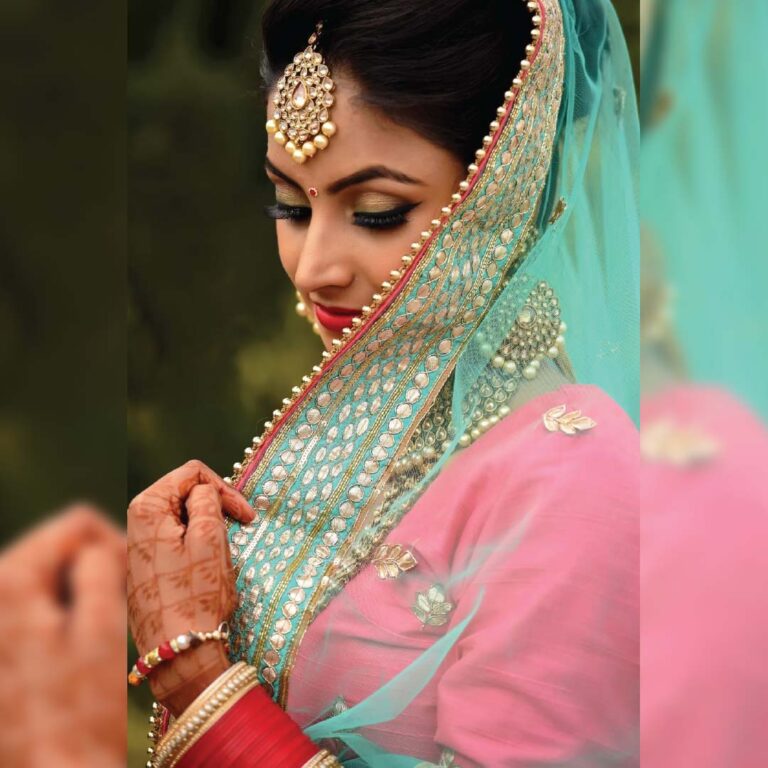
Turbans, or “pagris,” were an essential part of Mughal attire for men. These headpieces were elegantly wrapped and could vary in style and design. Feathers, jewels, and ornaments often adorned them. For women, veils and headdresses, known as “dupattas” or “odhnis,” added a touch of grace and modesty. Bridal odhnis are often richly embellished and play a significant role in a bride’s ensemble. They can be passed down as heirlooms and hold sentimental value in many families. Odhnis can be matched or contrasted with the primary outfit. They are often coordinated with the dress’s color or embroidery, adding to the overall harmony of the ensemble.
The Iconic Anarkali
The “Anarkali” is a timeless style that originated during the Mughal era. It features a fitted bodice and flared skirt or pants. This elegant silhouette remains a popular choice for women’s formal and bridal wear, often decorated with intricate embroidery and embellishments. Anarkali outfits are popular choices for brides and bridesmaids. Bridal Anarkalis are often heavily adorned with intricate embroidery, while bridesmaids may opt for coordinated but lighter designs. Anarkalis have cultural significance beyond fashion. They are symbols of grace, femininity, and heritage, and they continue to play a role in preserving the region’s rich traditions.
Influence of Persian Styles
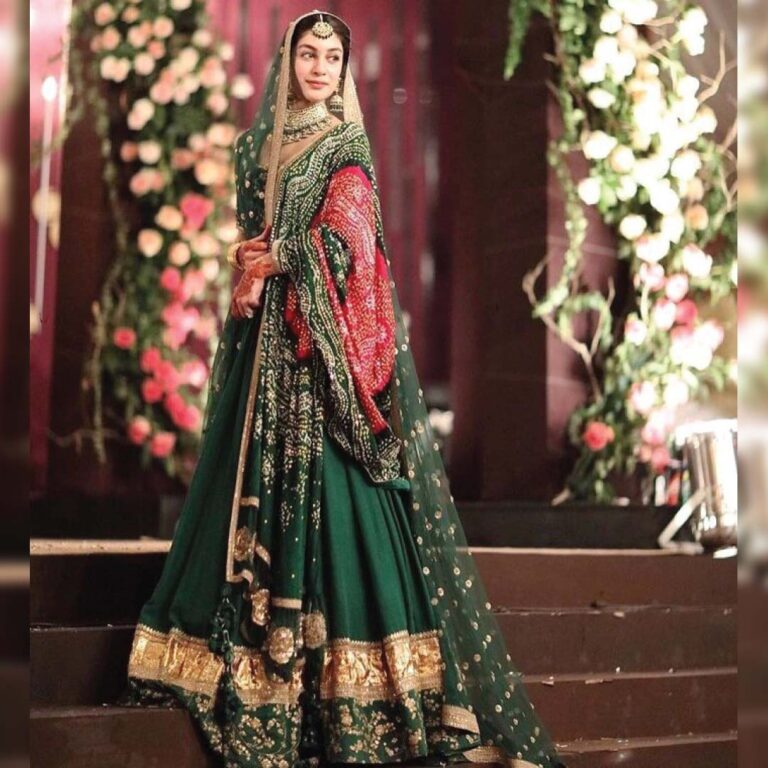
The Mughals were influenced by Persian fashion, evident in their attire. Persian-style garments featured long-sleeved tunics, trousers, and waistcoats. This fusion of styles resulted in a unique Mughal fashion statement.
Jewelry and Accessories
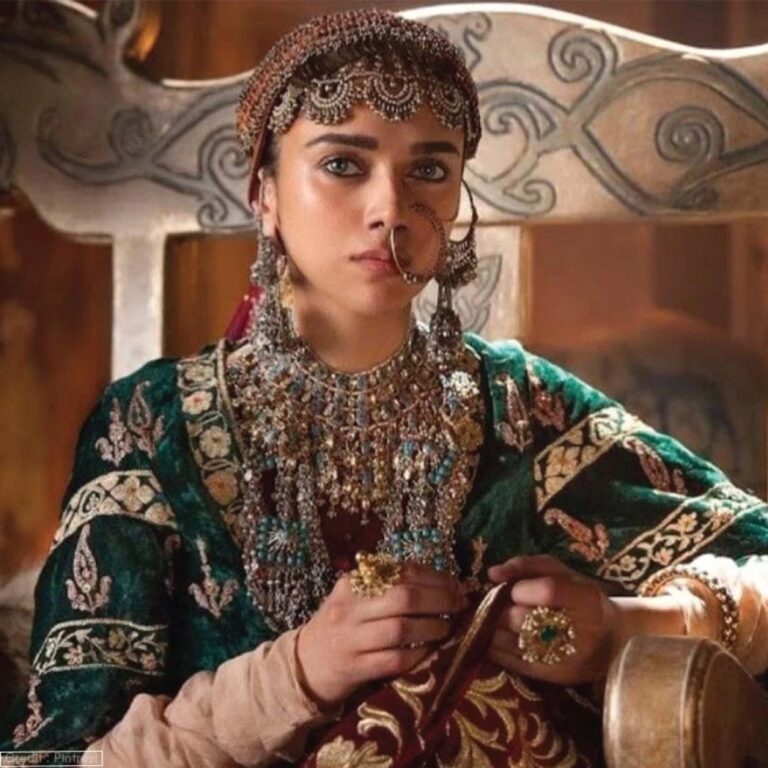
Mughal jewelry was known for its exquisite craftsmanship. Emperors and elites adorned themselves with gem-studded necklaces, earrings, bracelets, and rings. Turban ornaments, known as “sarpechs,” and belts enhanced their regal appearance. Jadau and Meenakari are techniques where gemstones and enameling are combined to create jewelry of exceptional beauty. These techniques are still practiced in Pakistan and are highly sought after for their traditional appeal.

